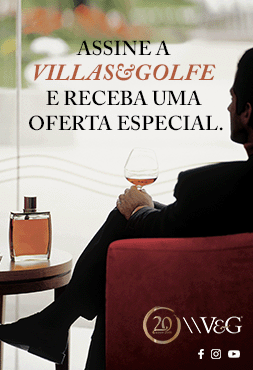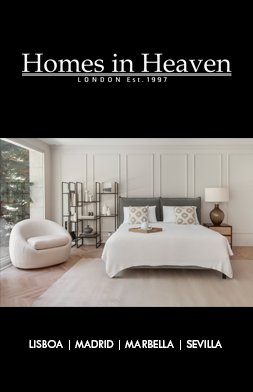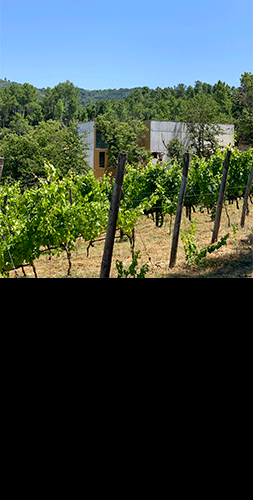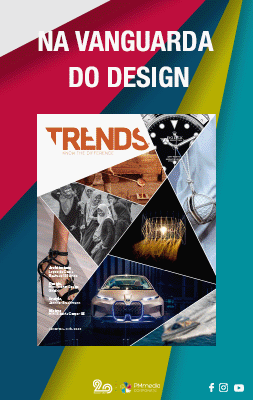
He was born in Oporto and it was also from the School of Oporto that he learnt to be an architect, a profession that had not been part of his plans, but which fascinates him to such an extent now, that he cannot imagine doing anything else. Together with Cristina Guedes he set up the firm menos é mais [translating to ‘less is more’], a name, which, in a way, refers to his days as a scout, where he learned to build the essential and with few resources. The extensive portfolio of Francisco Vieira de Campos’ award-winning firm includes the Quinta do Vallado project, which posed the major challenge of combining nostalgia with technology, or tradition with innovation, the past with the future. He also worked on Quinta do Crasto and does not hide his desire to do more wineries, as well as undertaking projects abroad, always based on contemporariness, risk, experimentation and research.
How did architecture come about in your life?
At first I thought that my vocation was more associated with fine arts and less with architecture. But later, through influences, I got into architecture. Today I think that if I wasn’t an architect I could only be a dancer or circus performer. You learn to like something with ‘time’, firstly through the marvellous teachers I had, then there is an innate need associated with the idea of creating, designing, building, seeing the work coming into existence… It is a process that fascinates me.
«There has to be a harmonious relationship between nostalgia and technology»
Was creating the menos é mais firm a natural step?
Yes. When I was in my first year at university, a number of students, including me, already shared a space you might call a studio or office. This early collective experience led us quite naturally to enjoy being in a space with many people, where discussion, sharing ideas and criticism are all part of the ongoing learning process we cultivate to this day.
Is less, in fact, more?
Less ends up being everything. I like to associate the idea of less, to the idea of essence, the idea of character.
Behind a good wine is there always a great winery?
I think firstly there has to be a good oenologist and good raw material. It is the winemaker who makes the wine happen. As good as the architecture might be, if not everything is in tune, it doesn't work. At Vallado, the architecture can help to enhance the space where the wine is produced and the spaces that visitors can admire, but in reality the important thing is to have a perfectly functioning team.
Was it easy to make the Quinta do Vallado project meet the functional needs of a winery while maintaining the identity of the place?
However simple a project may be, it is never easy. I belong to a school that taught us how to solve people’s problems through a very attentive reading of the place where we are going to become involved, and of the requested programme. We are perfectly aware that in order to build you need to destroy. It is within this balance that we work. This balance is very sensitive. Any less suitable solution can forever destroy the essence of the place. We try to be as appropriate as possible, while at the same time taking risks and experimenting to the limit. We like the relationship between nostalgia and technology.
What architectural language must wineries have in the 21st century?
The language of our time, the contemporary language, with all the ambiguities that the term implies. There is no single way, or solution. I believe what matters is to find adequate solutions, to be consistent with the ideas that regulate the project.
«I would like to do more wineries»
Teaching or doing architecture. What do you prefer?
They are part of the same ‘material’, they complement each other. «We are what we do, we teach what we are». In the beginning I dedicated myself more to the firm and less to teaching. Over time I have come to discover that teaching, beyond a huge responsibility, constantly forces me to adapt my ideas to the uncertainties of the students. Working with the students’ uncertainties and my ‘un-certainties’, reconciling, interacting, criticising… is very rewarding!
How important are the awards you have received?
They are important for the visibility they provide, but primarily they are importantly for the recognition of the work done. In the first instance it recognises the work, but fundamentally it is the recognition of all the people involved that helped make it happen.
Tell us about a project that has given you particular pleasure to develop?
The project for the cable car in Vila Nova de Gaia. It was a project that tested our ability to solve many complex problems at the same time. Those of the site (the historic centre of Gaia), those of the programme (transport infrastructure), and those of technological sophistication. Reconciling all these variables, technology with heritage, a private commission located within the public space, cutting-edge technology with handcraftsmanship, made this project a real challenge that led to us being invited by the curator of the Venice Biennale de Architecture, Aravena, to attend.
What are you doing at Quinta do Crasto?
The renovation of two buildings (protected heritage sites). One corresponds to the space housing the presses and the other to the old winery space. In essence, the strategy involved putting back what had been there, and implied updates to the building system, making it more sophisticated. The important thing was not to lose the strong character of the buildings.
A dream as an architect?
What really interests me is the present, although we are always talking about the future. The future is uncertain. In reality we are asked to draw what does not exist. This unpredictability forces us to constantly update ‘un-certainty’. Dream and reality end up merging into time and space.














